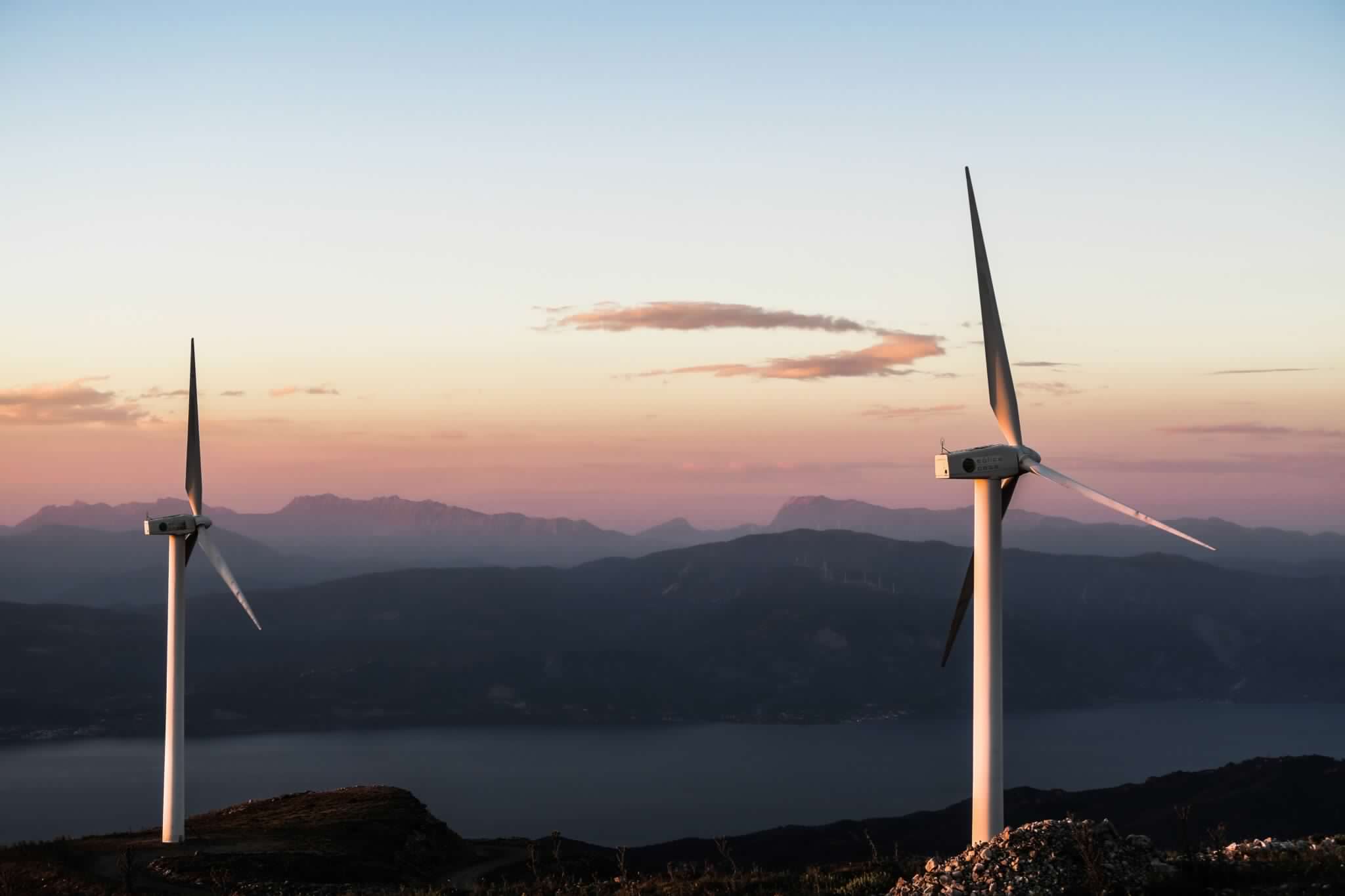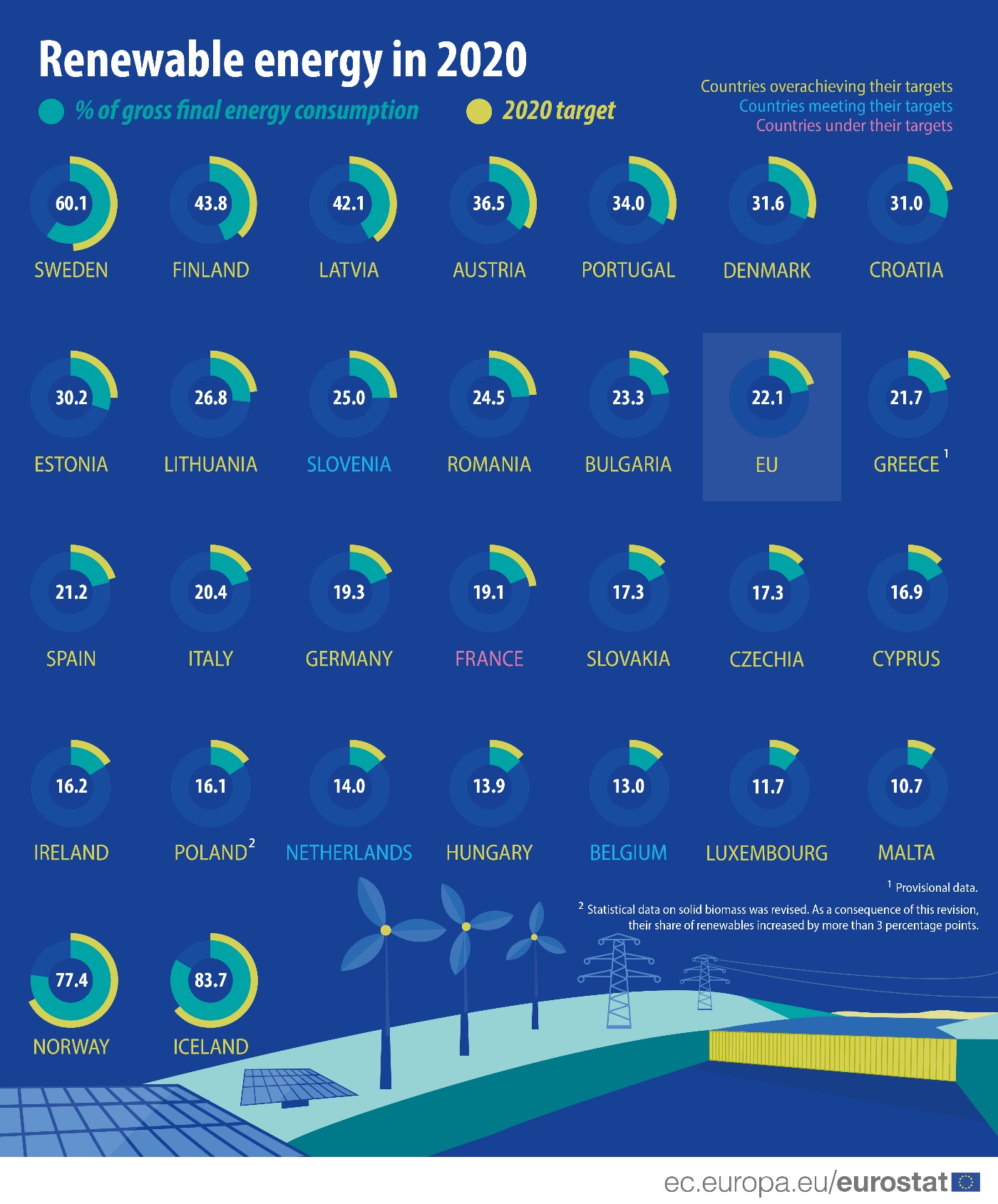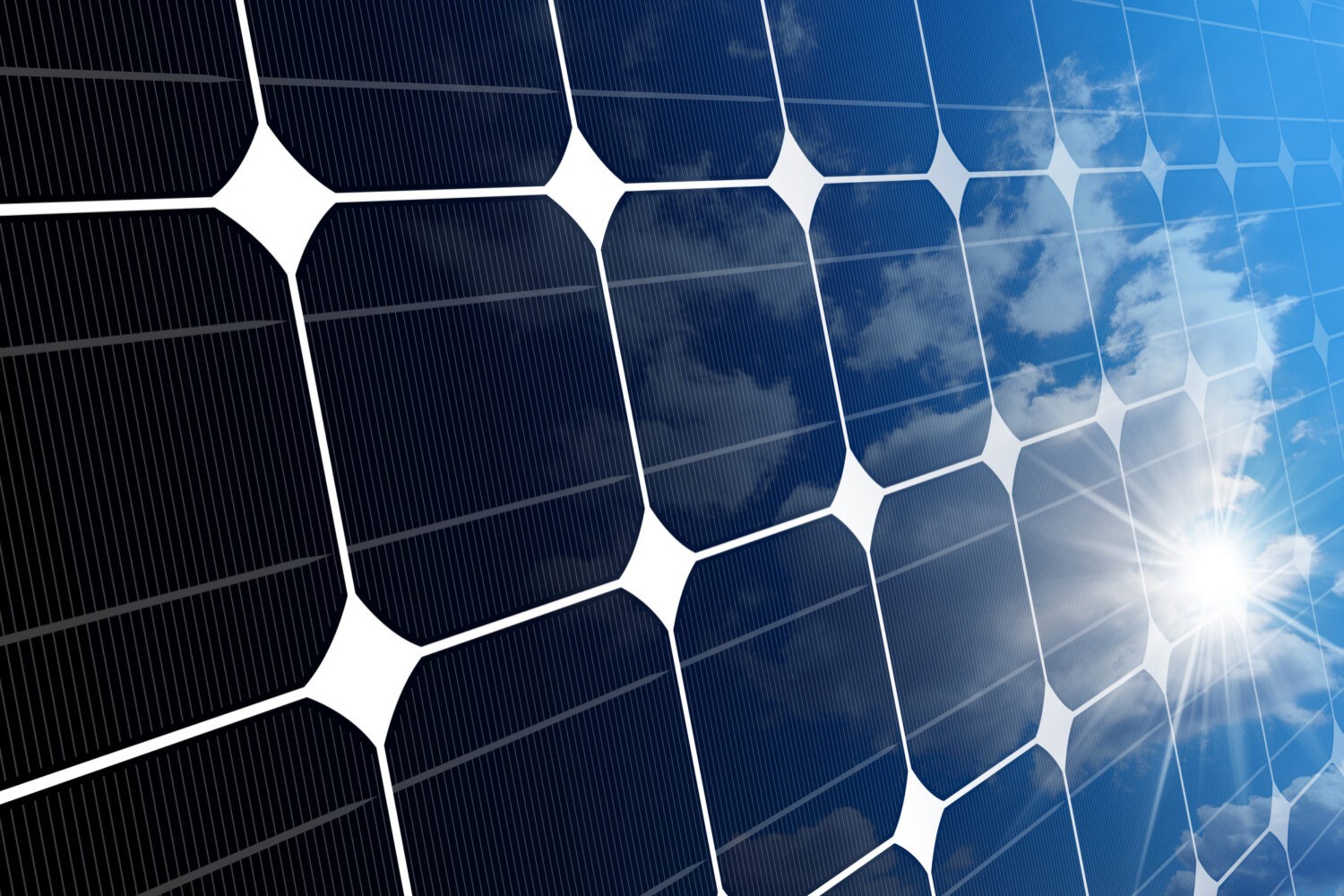
Which EU country is leading on renewables?
The green transition depends on each country’s efforts. Who is ahead?
Becoming the world’s first climate-neutral continent by 2050 is the objective behind the European Green Deal, the very ambitious package of measures that should enable European citizens and businesses to benefit from sustainable green transition.
The use of renewable energy has many potential benefits, including a reduction in greenhouse gas emissions, the diversification of energy supplies and a reduced dependency on fossil fuel markets (in particular, oil and gas). It may also stimulate employment through the creation of jobs on long term.
Becoming the world’s first climate-neutral continent by 2050 is the objective behind the European Green Deal
The European Commission has recently published a series of statistics on the share of energy from renewable sources overall and in three consumption sectors (electricity, heating and cooling, and transport) in the Member States. Renewable energy sources include wind power, solar power (thermal, photovoltaic and concentrated), hydro power, tidal power, geothermal energy, ambient heat captured by heat pumps, biofuels and the renewable part of waste.
The EU reached a 22.1% share of energy consumed from renewable sources in 2020 compared with 19,9% in 2019, around 2 percentage points above its target of 20%. This was driven by sustained growth in electricity generation from renewable energy sources, increasing from 34,1% to 37,5% in 2020. The share of renewable energy in transport and buildings (heating and cooling) also increased in the same period, even if at a lower rate. The energy consumed from fossil fuels has decreased also due to the Covid-19 pandemic, especially in transport sector. The measures to contain the pandemic have in fact caused a substantial decrease of the total gross final energy consumption (-8%).

The European Commission has recently published a series of statistics on the share of energy from renewable sources | Eurostat
The existing policies, agreed in 2018 and 2019, set new targets for renewables and energy efficiency by 2030, which will cut greenhouse gas emissions of 40%, ensuring the EU’s Paris Climate Agreement commitments. However, in 2021 the Commission proposed faster solutions for the next decade, enshrining its new climate targets of at least a 55% reduction in greenhouse gas emissions by 2030.
Each Member State must work towards its own national target for an individual energy pathway in order to increase energy consumption from renewables, helping to reach the final result.
Iceland and Norway, which are not EU Member States, lead the ranking in Europe, with an 83% and 77,4% share of energy consumed from renewable sources respectively in 2020.

Windmills in Netherlands | Golfstrom.org
With more than half of energy from renewable sources in its gross final consumption of energy, Sweden (60%) had by far the highest share among the EU Member States in 2020, ahead of Finland (44%) and Latvia (42%).
At the opposite end of the scale, the lowest proportions of renewables were registered in Malta (11%), followed by Luxembourg (12%) and Belgium (13%). The Member States that significantly exceeded their 2020 targets were Sweden, Croatia (both +11 percentage points) and Bulgaria (+7 pp). On the other hand, France didn’t manage to meet its target, with only a 19,1% share of energy consumed from renewable sources, though more than 70% of French electricity production is based on a low-carbon source, nuclear power. Despite not being an EU Member State anymore, the UK has reached a 42% share of energy consumed from renewable sources in 2020.
In 2019, Germany generated 126TWh from the wind, according to the International Energy Agency. On windy days, the country exports its excess power, and in 2020 Germany exported more power than any other country. However, the irregularity of wind leads Germany to import the same amounts of power on still days.
With more than half of energy from renewable sources in its gross final consumption of energy, Sweden (60%) had by far the highest share among the EU Member States in 2020, ahead of Finland (44%) and Latvia (42%).
Hydrogen is considered as another alternative green source and it could potentially produce 10 million tonnes domestically and importing additional 10 million tonnes by 2030. Energy data analysts EnAppSys show that Norway exported the largest net amount of power. Almost all of Norway’s domestic generation comes from hydroelectric power. In 2020, the country had more rainfall than average and eventually the country’s reservoirs reached their highest point since 2015.
This pushed down Norway’s power price, making it an attractive power option for linked countries. Therefore, it was able to export huge volumes to the Netherlands, Germany, Denmark, Sweden, and Finland. Norway connects to a Scandinavian grid network, operating at a different frequency to that of continental Europe and this makes it easier to trade with the other Scandinavian countries.
Recently, Norway and Germany connected their power grids for the first time via a 525kV subsea interconnector. The NordLink project finished trial operations in March 2021 and will now carry up to 1.4GW of power between the countries. Norwegian grid operator Statnett says that the cable will enable Norway to absorb excess wind power from Germany, saving its hydroelectric reserves for periods of lower supply.
18th May 2022

